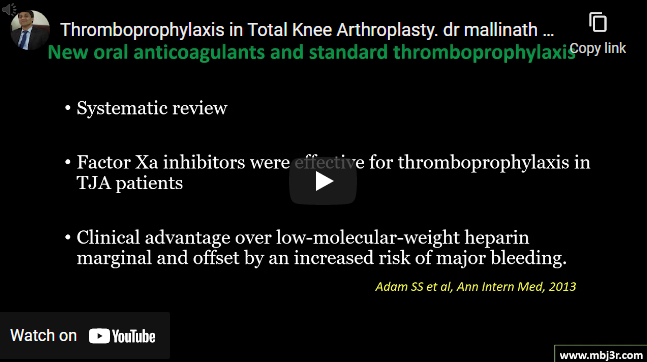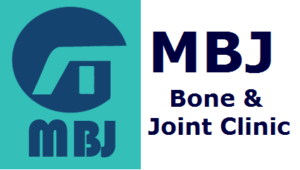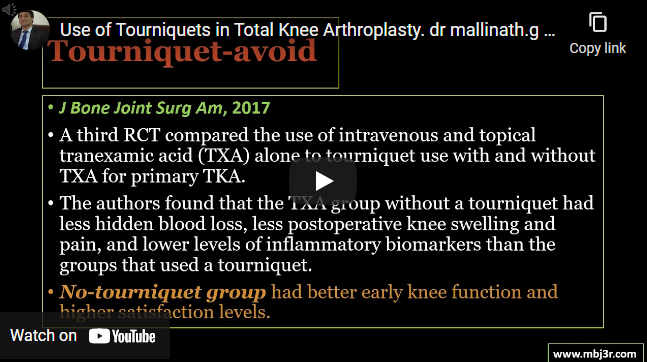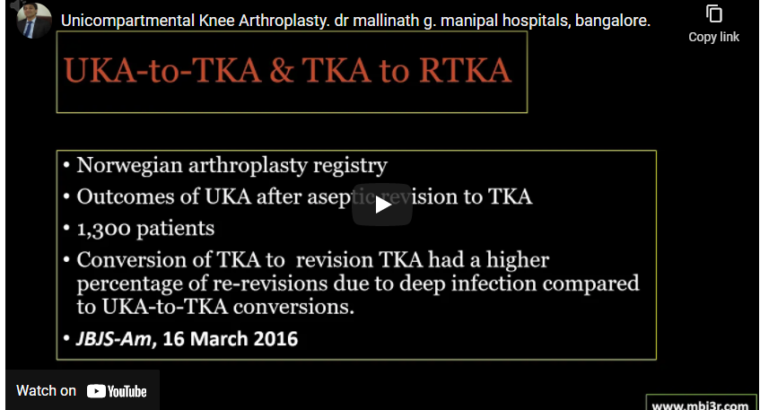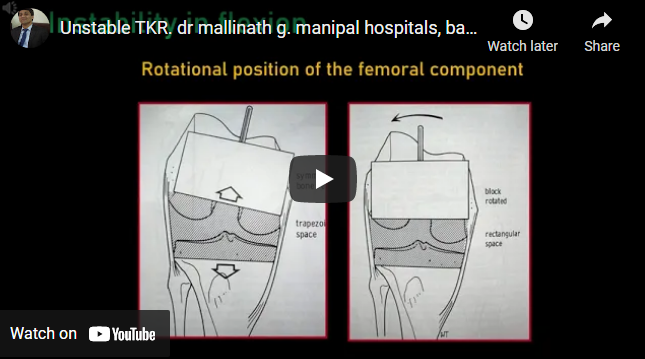30% to 80% of patients develop deep vein thromboses (DVT) following total joint arthroplasty Rivaroxaban superior to enoxaparin in efficacy following TKA Aspirin is inexpensive, easy to administer, reasonably well tolerated, requires no blood monitoring, and has an excellent safety profile. It is efficacious and safe agent for the prevention of VTE Tranexamic acid (TXA) is useful in controlling blood…
